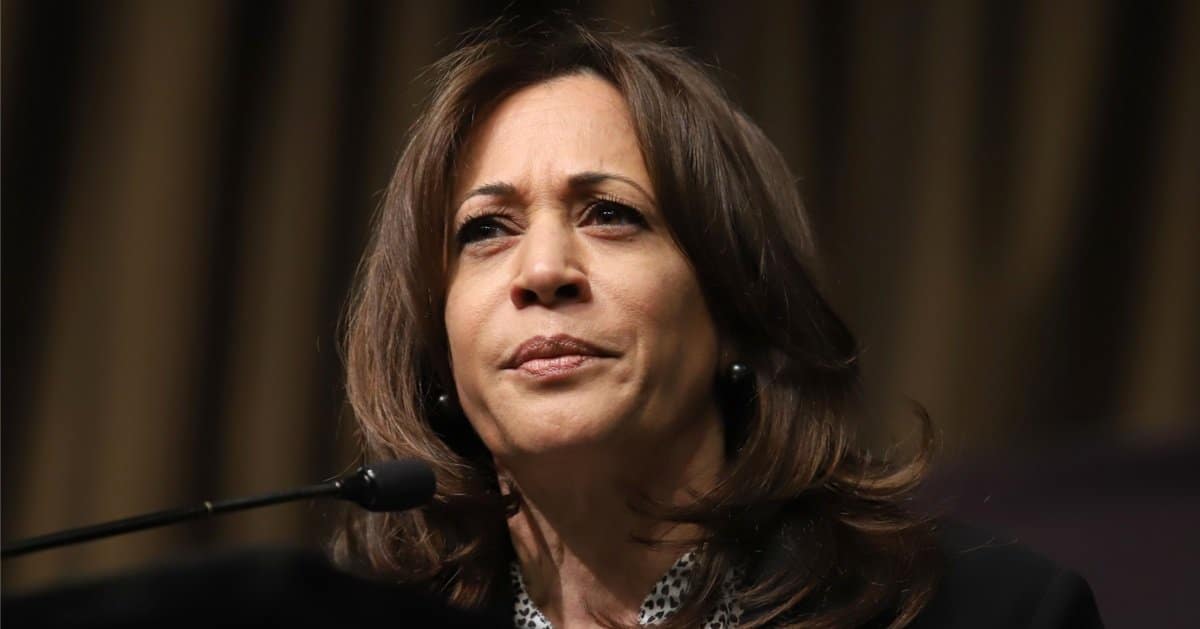



A House GOP-led investigation is looking into an attempted assassination of former President Donald Trump during a rally in Butler, Pennsylvania, on July 13. New whistleblower testimony has surfaced, offering an alternative view of the security lapses that enabled the gunman to carry out the attack.
The Washington Times reported that the whistleblower, a local law enforcement officer, claims the Secret Service failed to properly secure a rooftop, allowing the shooter to access a vantage point and fire shots at the former president.
The incident occurred when the shooter, identified as Thomas Matthew Crooks, gained access to the roof of the AGR building near the rally.
According to reports, Crooks used HVAC equipment and a pipe to climb the building before firing eight rounds, hitting Trump in the ear, fatally injuring one attendee, and wounding two others. Crooks was ultimately shot and killed by a Secret Service sniper, but questions have since emerged about the security measures in place that day.
The whistleblower, a member of the local Emergency Service Unit (ESU), is now providing new details about the event.
This officer alleges that the Secret Service had taken responsibility for securing the rooftop in question but failed to follow through on this promise.
“The Secret Service said they were covering that roof,” said Rep. Cory Mills, who is leading the House GOP investigation. The whistleblower further contends that local law enforcement was not responsible for the rooftop security, as the Secret Service had determined the security perimeter.
This testimony brings to light significant lapses in communication between the Secret Service and local law enforcement, which contributed to the shooter’s ability to exploit a critical weakness in the security plan.
“There was a discussion about how the roof was going to be secured,” said Secret Service Acting Director Ronald Rowe, referencing a breakdown in coordination that left the rooftop vulnerable.
Rowe admitted there was an assumption that local law enforcement had secured the rooftop, but there was no follow-up to ensure this had been done.
On the day of the rally, Crooks reportedly climbed the AGR building, using the building’s HVAC systems and a pipe to reach the roof.
From this elevated position, he fired several shots into the crowd. Although the Secret Service sniper team eventually neutralized the threat, the shooter’s ability to access the rooftop has been a central issue in the investigation.
A Secret Service summary report indicated that there had been no communication with local law enforcement personnel about positioning snipers on the AGR rooftop. Instead, local snipers were placed on the second floor, a decision that was questioned by some but never revised. According to the report, there was no objection from the local sniper team regarding their placement.
Additional security measures were reportedly offered to the Secret Service but were declined.
Rep. Mills stated, “We know that they refused the surveillance drone capabilities, we know they refused compatible communications,” suggesting that these tools might have provided better coverage and communication during the rally.
The new whistleblower’s testimony adds further complexity to the investigation, particularly regarding whether the Secret Service had sufficient resources or simply failed to use those available to them.
Rep. Cory Mills and the House GOP group are continuing to investigate these allegations.
The latest whistleblower’s account is expected to provide a detailed explanation of the security decisions made on the day of the rally. Mills also revealed that more whistleblowers might come forward, offering additional insight into the security failures.
As part of the inquiry, Congress will examine not only the Secret Service’s handling of the rooftop but also the broader issue of security coordination between federal and local law enforcement agencies during high-profile events.
Mills has emphasized that these testimonies will be critical in understanding how such a breach of security could occur.



